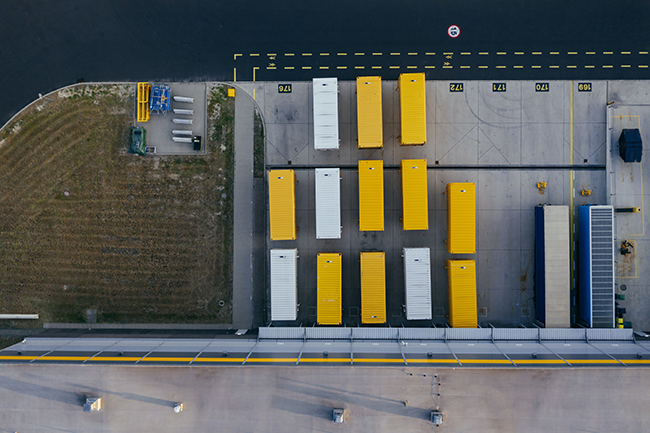Czechia has the most industrial space per capita in Central and Eastern Europe
The Czech Republic has the most industrial and logistics space per 1,000 inhabitants of all countries in the Central and Eastern Europe (CEE) region. At the same time, it has the lowest vacancy rate, according to an analysis by real estate consultancy Cushman & Wakefield. According to experts from various sectors interviewed, this may prove the attractiveness of the Czech environment for investors, but concrete developments also have a negative impact on the local environment. The opinions of municipalities differ in this respect. On the one hand, according to the Union of Towns and Municipalities (SMO), construction can bring new job opportunities to the area, but it can also reduce local air quality, transport and infrastructure.
The total area of industrial and logistics space in the CEE region at the end of 2023 was almost 61.5 million square metres. The Czech Republic accounts for 19 per cent of this area, or 11.7 million square metres. According to Cushman & Wakefield's analysis, the Czech Republic has 1,104 sqm of such space per 1,000 inhabitants, the most in the region.
According to Zdenka Klapalová, president of the Association for Real Estate Market Development, the Czech Republic has been, is and will be an attractive location for the location of demand tied not only to the automotive industry, which dominates the local market. However, she acknowledges that their construction in the Czech Republic must become more efficient and there is not necessarily a need for new areas.
"In terms of the business and investment opportunities associated with growing increased demand, we should continue to work hard to ensure that new projects are ready. However, we do not always have to build on topsoil with first- or second-class creditworthiness. We can focus on revitalising industrial buildings in attractive locations with good accessibility for the workforce and adequate infrastructure," added Klapalová.
Eliška Vozníková, head of the Landscape Programme at the environmental movement Duha, also partially agreed with her on this point. The state's task, she said, is to ensure that the construction of new halls does not occur on the best quality land, as has been the case so far. At the same time, she said, it is essential that new and existing premises promote innovation and sustainable technologies.
"Soil that is covered in concrete is permanently lost for cultivation, water absorption and any other ecological function. Alongside this there is the issue of the external impacts of buildings, which themselves produce emissions and waste and will use current or need new transport routes. It is essential that developers respect the laws, do not try to circumvent them and communicate with local residents," said Vozníková.
The attitude of Czech towns and municipalities towards the construction of industrial parks can vary, according to the SMO. Some may see the construction of industrial parks as an opportunity to create new jobs, promote economic development and attract investment, according to the union's spokeswoman, Alexandra Kocková. On the other hand, there are cities and municipalities that may be concerned about the negative impacts of construction and may fear the loss of farmland, increased traffic, or an unbearable burden on local amenities.
Source: CTK and Cushman & Wakefield









